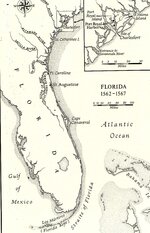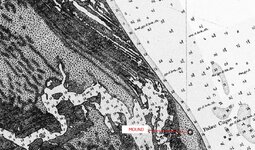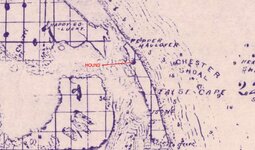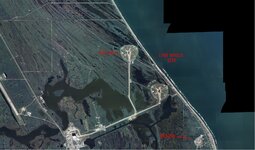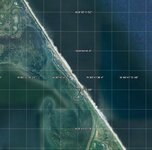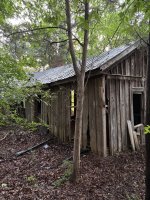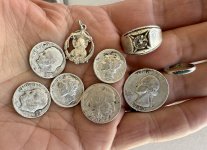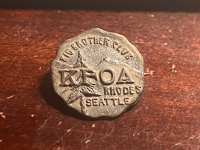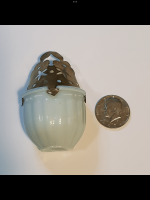cornelis 816
Sr. Member
- Sep 3, 2010
- 466
- 47
A small party sailed in two ships from Havre-de Grâce on February 18 , 1562 . Commander of this small fleet was Jean Ribaut out of the city Dieppe ( the same city that was famous for the raid on Dieppe by the English in the 2nd ww ) . I about 10 weeks the French came in sight of Florida . The next day they entered a river which they called the river May , in honor of May Day . Nowaday this river is better known by the name St Johns River .The French could not find a suitable entrance into the river across the bars . So they sailed further North and came upon the place they called Port Royal ( Sunday May 17th 1562 ) . Ribaut erected a small fort which he called Charlesfort in honor of his King . A lot of adventures happened to the French sailors . They were constantly under attack of the Spanish out of San Augustin under their leader Menèndez . At the time that Ribaut had his fleet complete again ( lots of the ship were scattered before ) he sailed South to attack Menèndez at San Augustin . Now comes the best part of this short story . A severe storm of hurricane force caught the elder Ribaut's ships South of St Augustin Not a single shipescaped . Some men from St Augustin found a Frenchman on the beach south of the settlement . He had come from a small vessel sent up to spy on the Spanish while they landed and had been stranded by the same storm that had driven the other French vessels ashore . A large party of Frenchmen was detected by Menèndez on the beach eighteen miles South of St Augustin . A messenger told Menèndez that the fleet was wrecked about sixty miles below the inlet . The messenger also stated that Ribaut's ship the ,, Trinity ,, was stranded 15 miles further south from the other wrecks . Is'nt this a good reason to do some more research and find these ships ? Cornelius


